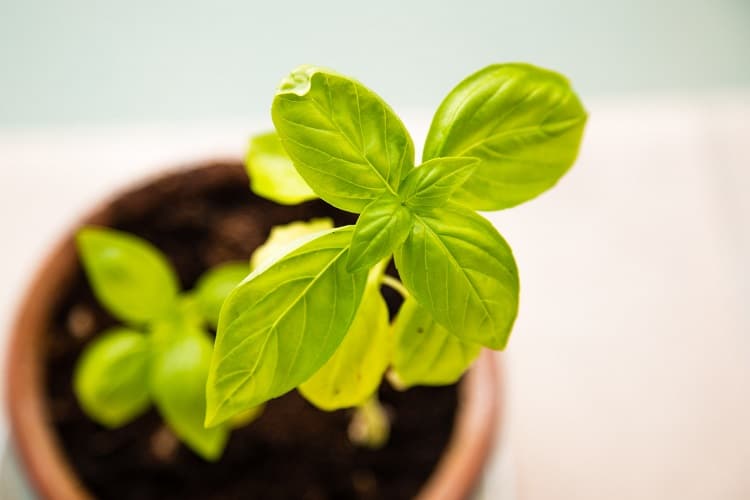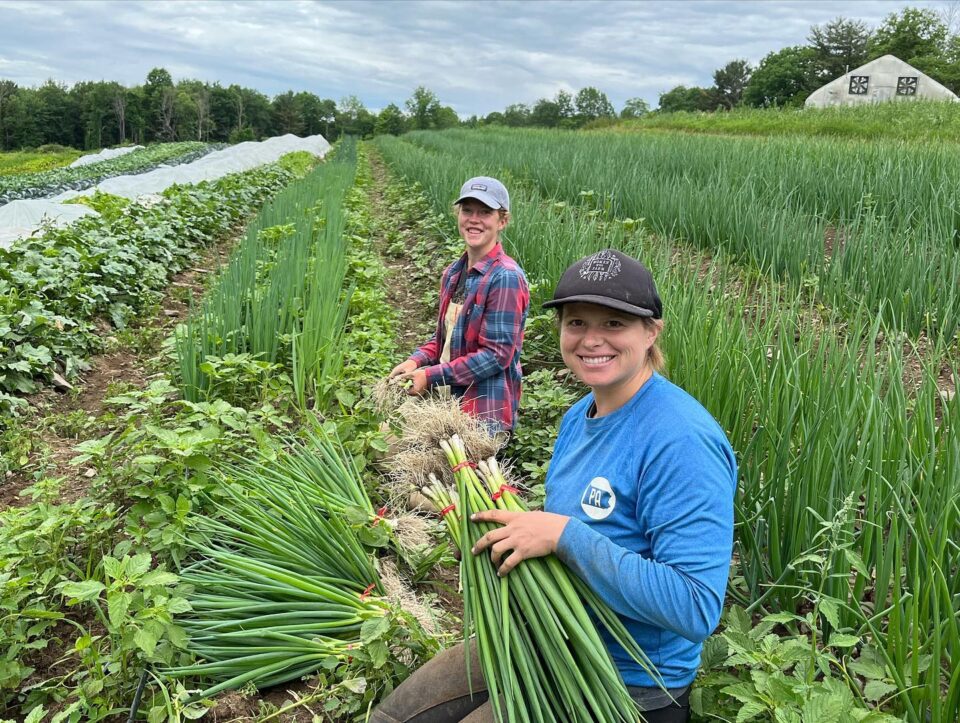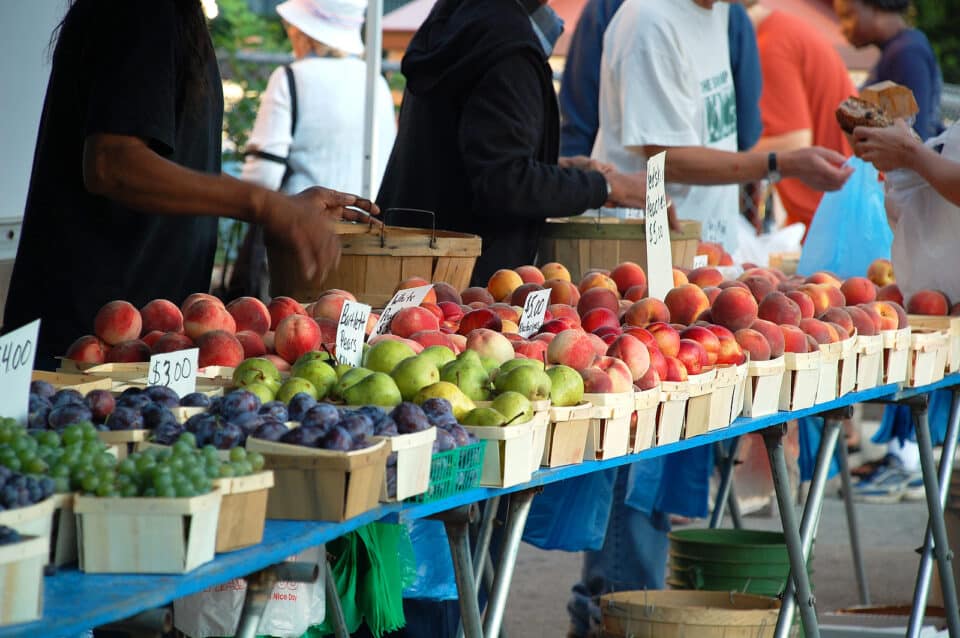This feature is brought to you by Chester County Hospital, which offers so much more than medical services and treatments. Explore its extensive community wellness and education resources, such as screenings, educational classes, Weight Matters, an eight-week weight loss program, nutrition counseling and more.
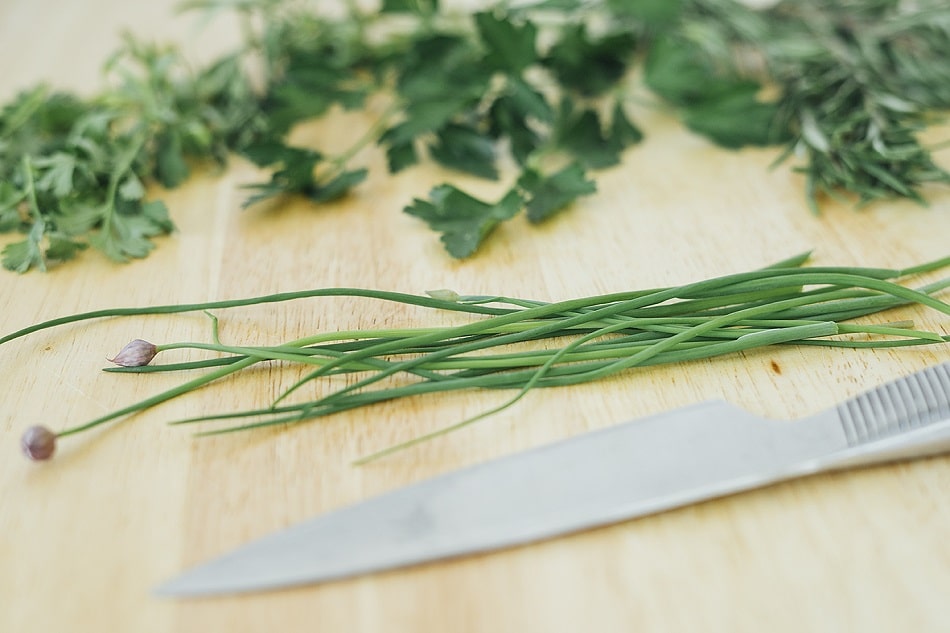
Although dried herbs have earned their place as kitchen staples — they’re so easy to toss into recipes — wouldn’t it be lovely to have full-flavored, fresh herbs at your fingertips? We’ll show you how, but first, let’s talk about the why.
We sat down with Kimberly Knipe, MBA, R.D., LDN, a Chester County Hospital registered dietitian and coordinator of Community Nutrition and Outreach, to get an insider’s peek into not only what makes herbs your go-to flavor boosters in the kitchen, but also, what makes them so darn good for you.
PA Eats: We understand you like to garden — why?
Kimberly Knipe: I love having a garden in the summer! It gives me a sense of accomplishment to see little starter plants grow to be huge monstrous plants! Plus, going out into the garden to grab a few fresh herbs or cherry tomatoes for dinner is really fun, satisfying and convenient.
Any tips for outdoor gardeners?
Absolutely! Put herb pots (and, if possible, the garden) as close to your kitchen as possible, or you run the risk of not using your bounty. My other tip is to realize that those little plants do get quite large, so give them room to thrive.
What are your top must-have herbs in the kitchen?
Since my Italian grandmother taught me to cook, I must have basil, oregano, rosemary and parsley in my garden. I also have the dried versions in my kitchen with the “Italian seasoning blend” right in front since it gets used the most. In addition, I’ll often use ginger in my stir fries and ground mustard in cream sauces and potato dishes, but they aren’t officially classified as herbs.
Why use herbs in cooking?
Herbs, spices, seasonings and aromatics are all used to improve and enhance the flavor of other foods. Imagine a plain chicken breast. Now imagine it with lemon juice, garlic and rosemary. Those flavors create enjoyable layers of flavor, with a minimum amount of effort.
Can herbs be used to replace salt?
Salt has many uses in food preparation: preserving, dehydrating, aiding the bicarbonate in baking, and adding flavor. However, we lean too much on salt, sugar and fat for flavor.
When you use citrus, vinegar, garlic, spices and herbs, you’ll find that you need much less salt and/or sugar to achieve a flavorful dish. Your taste buds benefit from a much more interesting dish, and your heart benefits from the lower amounts of sodium and sugar in your food.
What are the dietary benefits of various herbs?
Most plants have antioxidant and anti-inflammatory properties, and herbs and spices are plant foods! It’s doubtful that you’ll be consuming enough herbs to make much of a dietary difference, (so, no, the parsley sprinkled on top of your omelet does not count as a serving of veggies), but it can’t hurt and tastes great. Plus, using more herbs and spices and less salt, fat and sugar will absolutely benefit you.
Of course, there are some spices that might have more nutritional impact than others. For instance, research on turmeric has shown that it can potentially reduce inflammation, cinnamon could aid in insulin resistance, and ginger can help with an upset stomach. Use these herbs in your food regularly, for flavor and health.
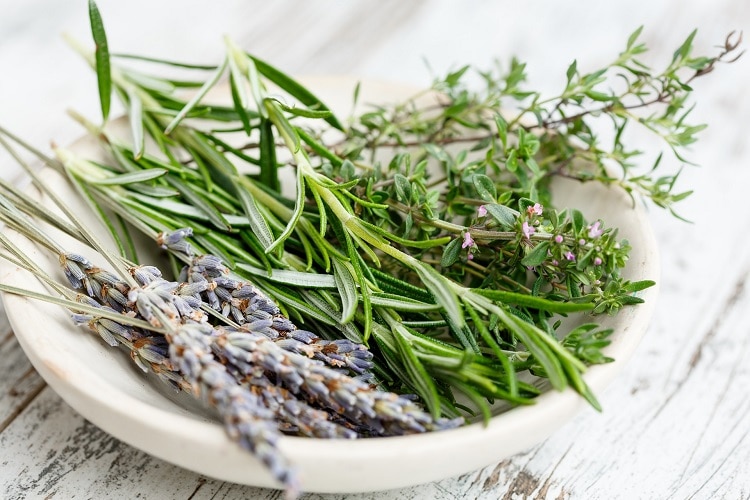
OK, we’re sold! What are examples of how you use fresh herbs in cooking?
Here are seven of my favorites:
- Basil combines well with tomatoes and garlic. I like to plant basil right by my tomatoes since I often use them together for sauce, Margherita pizza or Caprese salad. Remember to add basil at the end of cooking to help retain its flavor.
- A little mint tastes great in sun tea.
- Sage and thyme complement poultry and work well in long, slow cooking recipes.
- Oregano is a must in spaghetti sauce, marinades and vinaigrettes.
- Parsley enhances fish, salads, omelets, veggies — so many foods! Add just before serving to add a bright flavor.
- Cilantro pairs well with garlic, lime and chili. It’s fantastic in salsa and rice — just add at the end of cooking. Remember, not everyone likes cilantro; some have a genetic disposition that makes them think it tastes like soap.
- Rosemary is a pungent, woody herb and is perfect with potatoes, pork and chicken. You might want to grind in a mortar and pestle or chop it a bit before using. However, it’s very attractive to use whole sprigs to season food when grilling or roasting, and then to serve with the dish.
What are your thoughts on going organic? Herbs don’t show up on the Environmental Working Group’s Dirty Dozen Plus™ or the Clean Fifteen™.
While I like to support local growers whenever possible, I don’t have a preference for conventional or organic produce from a nutrition standpoint. The current science doesn’t show any nutritional difference. That said, it really is a personal preference. And since there can be a price difference, I just want people to eat as many fruits, veggies, herbs and spices as possible.
Indoor Herb Garden How-To
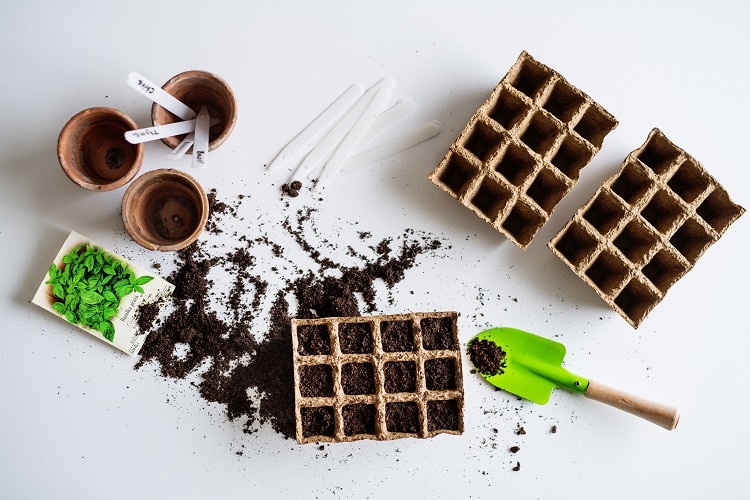
Now that you know why you should be liberally adding herbs to your cuisine, let’s take a look at how you can have fresh herbs year-round. Growing an indoor herb garden is simple:
- If possible, set your indoor herb garden in the kitchen so the fruits of your labor are at hand. If that’s not possible, find a spot on a window sill or near a window that gets natural light for roughly six hours each day.
- Check the temperature next to the window (using your hand is fine). It should be between 60 and 70 degrees. You may need to move plants off of a window sill in the heat of summer and the cold of winter. A table in front of a window is ideal for light and temperature management.
- Use pots that provide drainage. It’s important to keep the roots from sitting in water. Don’t overwater! The soil should be damp, not soaked. Keep a saucer underneath in case, but do water slowly so it doesn’t spill out. Choose either to start from seedlings found at garden stores or from friends, or to cultivate by planting seeds. Seedlings are easiest, but if you opt for seeds, remember to put three or four seeds in each starter pot section to assure you get at least one good, strong plant.
- Use a premium potting mix to give your plants a good start.
- Select a good indoor plant food. Don’t skimp on good nutrition.
- Follow all directions on seed packets, seedlings, potting mix and plant food. Your good stewardship will pay off with delicious herbs all year long!
To learn more about nutrition and community outreach programs at the hospital, contact Kimberly Knipe, MBA, R.D., LDN at (610) 738-2300.
Chester County Hospital is located at 701 E. Marshall St, in West Chester; phone: (610) 431-5000.
- Feature photo: Dish Works
- Basil photo: Pexels
- Fresh herbs photo: Pixabay
- Garden planting photo: Bigstock
